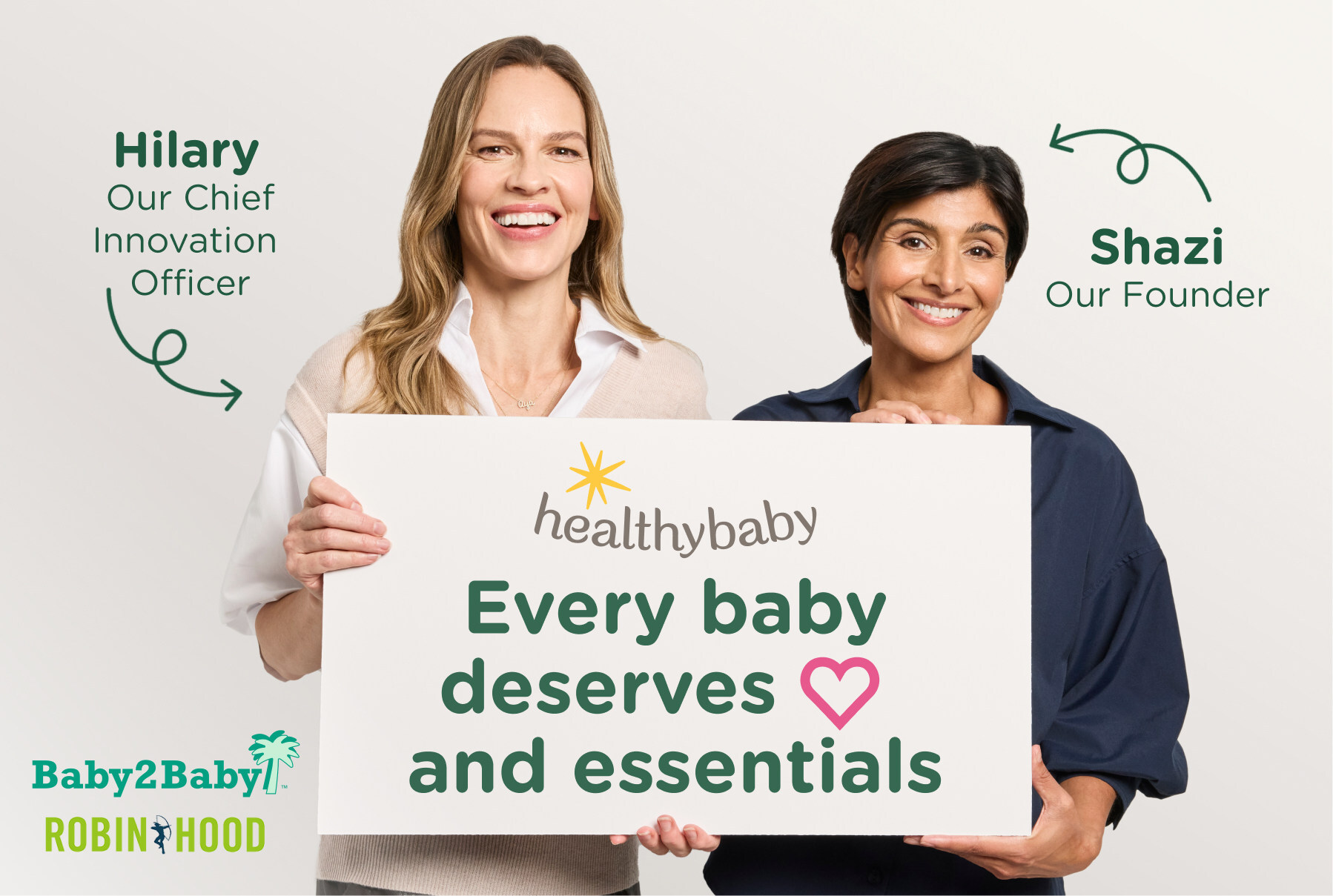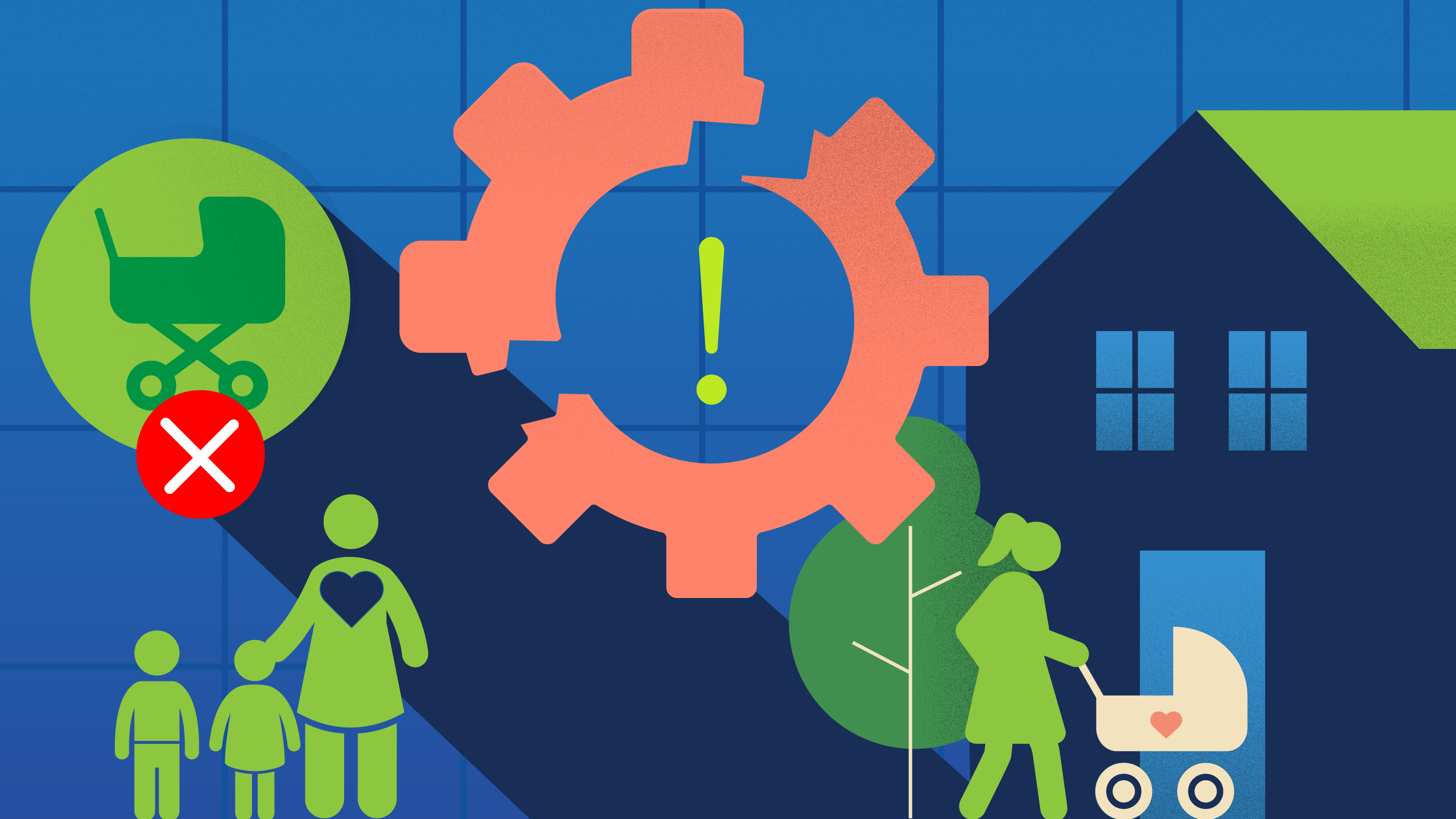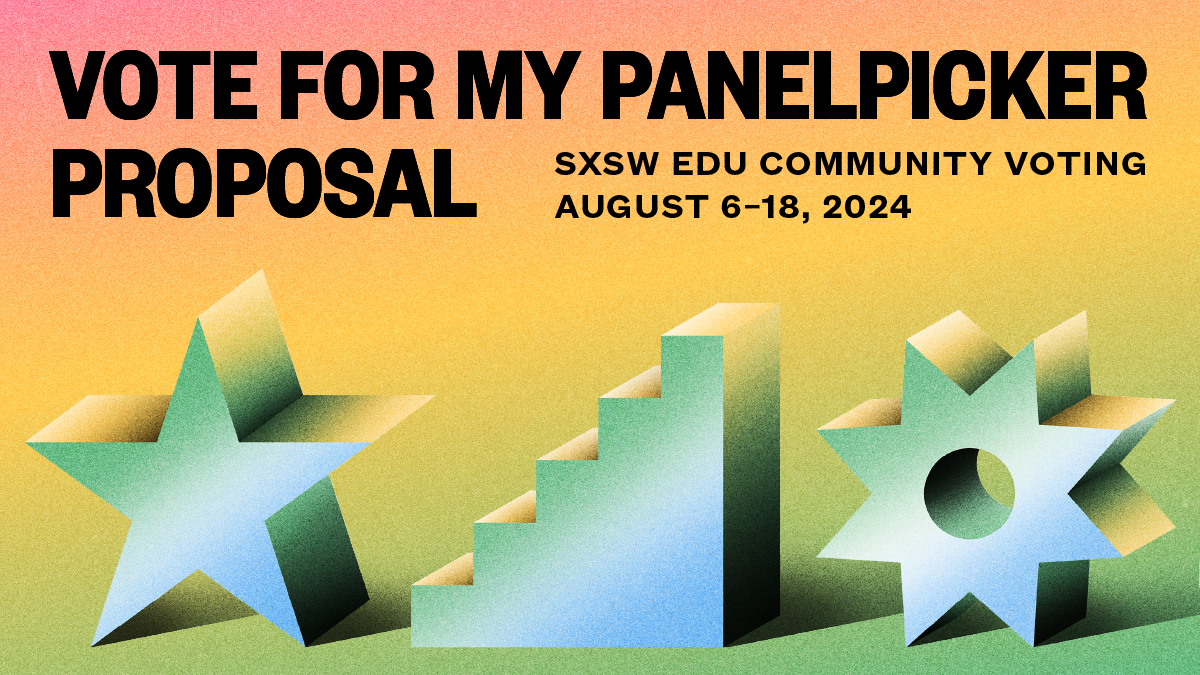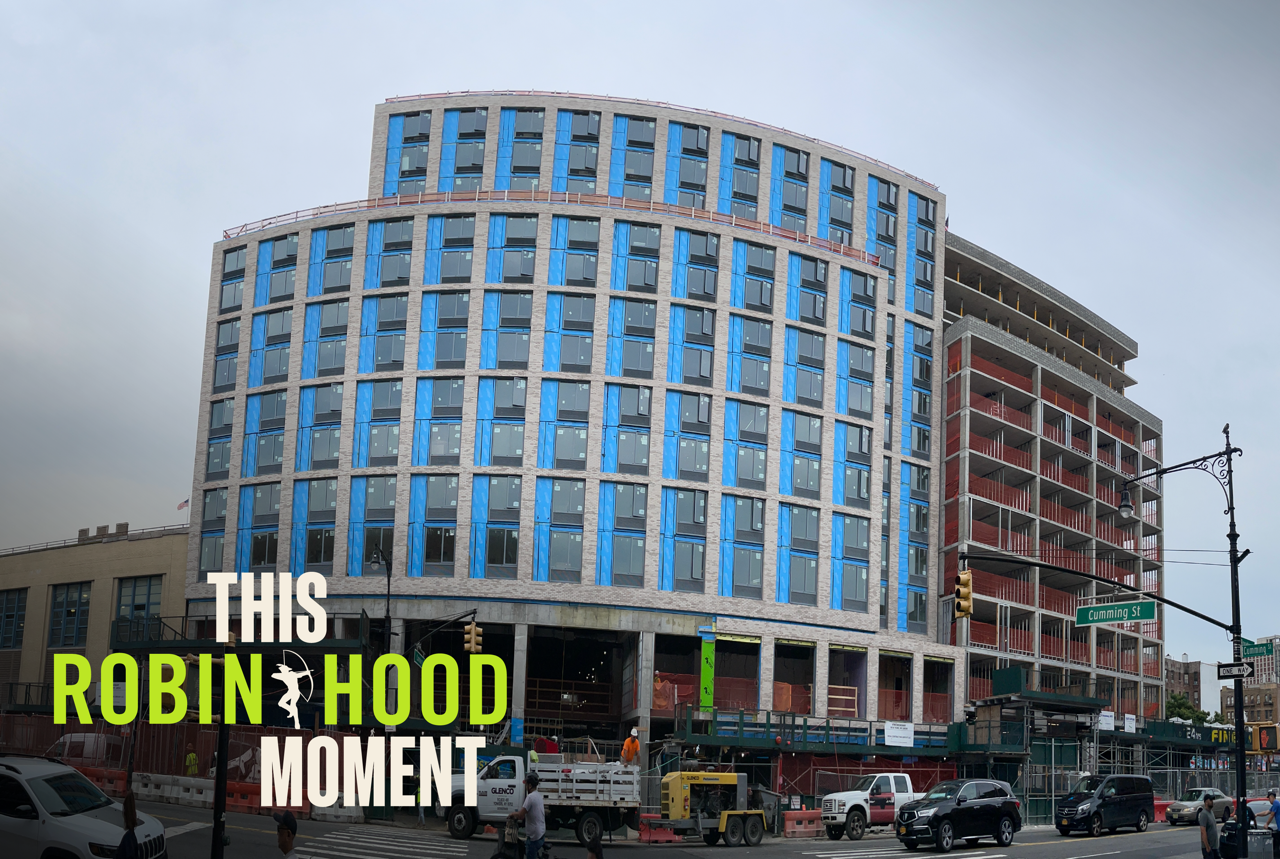Mar 03, 2022
The Essential Child Care Option We’re Not Talking About
Why we must support the myriad of child care options in NYC
By Kelly Escobar, Ph.D., Senior Program Officer | Fund for Early Learning and Ayana Bartholomew, Program Officer | Early Childhood

When it comes to child care in New York City, two things are clear: Child care is the backbone of the welfare of families and children, and the only way we can keep the “city that never sleeps” running. But despite that, child care remains severely under-resourced, and the pandemic has pushed this sector into a state of crisis.
Access to child care allows parents and caregivers to go to work or school, which is particularly critical for families who are living in poverty. Quality child care means kids’ bodies and minds are nourished, and their chances of escaping a generational cycle of poverty are improved. Engaged relationships with a dedicated childcare worker can make an enormous developmental difference in a child’s first 1,000 days of life.
When we talk about child care, the overarching narrative in New York City focuses on the free solutions available to families: Universal 3K and Pre-K for 4-year-olds.
But infant and toddler care often falls through the cracks of these conversations, especially when parents must return to work just 12 weeks or less postpartum.
For so many New Yorkers throughout the pandemic, parents and caregivers have had to make the impossible choice between staying home or paying for child care so they can return to work. Despite its necessity, child care is unaffordable for more than half (52%) of New York City families. 1 For full-time minimum wage workers, for example, yearly paid child care amounts to around half of an annual salary, which discourages many from returning to work at all at a time when New York City’s unemployment rate is more than double the national average.
The pandemic brought on widespread closures for community-based, family-based, and home-based licensed child care centers, creating ever growing child care deserts throughout the city. These are areas of high poverty where parents have no nearby or reliable option for caring for their kids.
Center-based care takes place in classrooms with trained teachers. Home-based child care is run by licensed providers who have a minimum of a high school education and keep up with professional learning. Both of these providers have access to resources to support their businesses.
But there’s another part of the child care sector — legally exempt child care — that remains starved of attention and funding.
Legally exempt child care providers, on the other hand, are not required to be licensed or registered, but are paid for by child care subsidy money. These are the trusted friends, family members, and neighbors who take care of kids while their parents work. When a parent meets the requirements because of education or job status, they get money from the state to pay them. A child may feel more comfortable in this familiar environment, and a parent may feel better knowing a dependable person is providing this necessary care.
Publicly available data shows that in 2014 there were over 20,000 enrolled legally exempt providers in New York City, as of 2021 there are only 2,218. There are a variety of reasons why there has been a steady decline in providers– including the pandemic and structural barriers to the disbursement of subsidy money. Regardless of reason, low-income families rely on this form of child care but cannot access it.
It’s a circular barrier: In order to receive the subsidy money, which is regulated by the Department of Social Services and the Human Resources Administration, families must meet an education or work requirement. When COVID-19 hit, many people became unemployed, or couldn’t continue their education because they needed to work or be at home. Though those requirements were temporarily paused during the pandemic, impacted families may once again be forced to choose between work and school or staying home to care for their children when the eligibility requirement is reinstated in April. And for those who do not meet the income requirements to begin with, child care subsidies remain out of reach altogether.
Administrative backlogs compound the issue. And HRA workplace placement centers, which were largely closed during the pandemic, were a mainstay for families to access employment opportunities or be placed in jobs. Those centers have only recently opened for in person services, and there’s a rush of people who need to get money who weren’t able to before.
It’s also worth noting that legally exempt child care providers are severely underpaid to begin with, making an average of 65% of the salary that their registered child care worker counterparts take home, which ranges from $111-$140 a week per child. 2
The New York City mayoral administration can use its influence to advocate at the State level to support this critical workforce by providing a fair living wage that acknowledges the important work that they are doing to raise the next generation of New Yorkers. And Robin Hood’s Fund for Early Learning is working directly with New York State’s Office and Children and Family services and the Edward Zigler Center in Child and Development and Social Policy at Yale University to support this critical workforce of childcare providers with necessary resources, including access to mental health and professional development trainings, and advocating for enhanced market rates for legally-exempt child care providers so they can keep caring for kids at this crucial time in their development.
The loss of these options are devastating for families, and force impossible choices. Keeping legally exempt child care providers in the conversation is a first important step towards making sure kids and families are supported as the city continues to recover.



